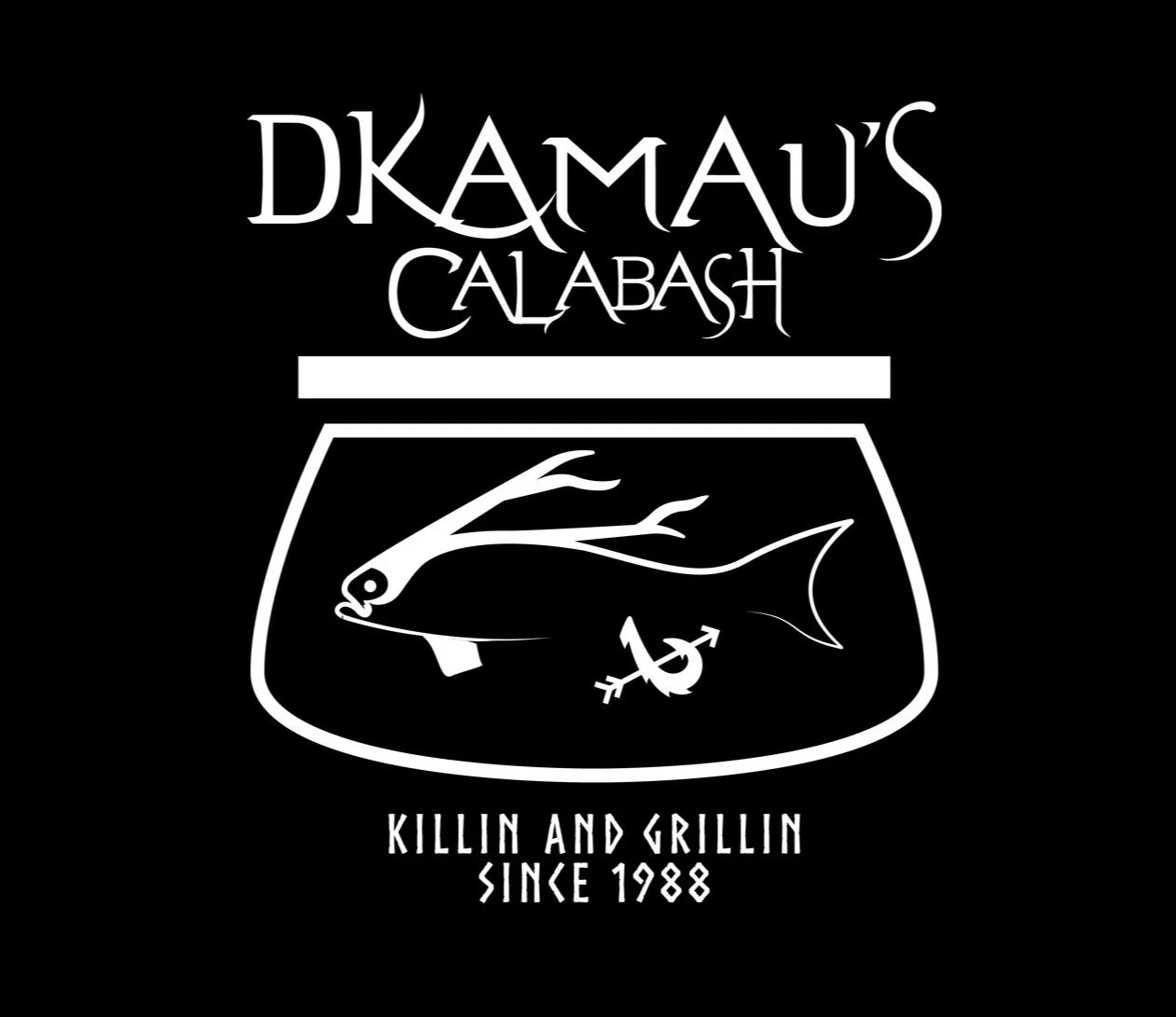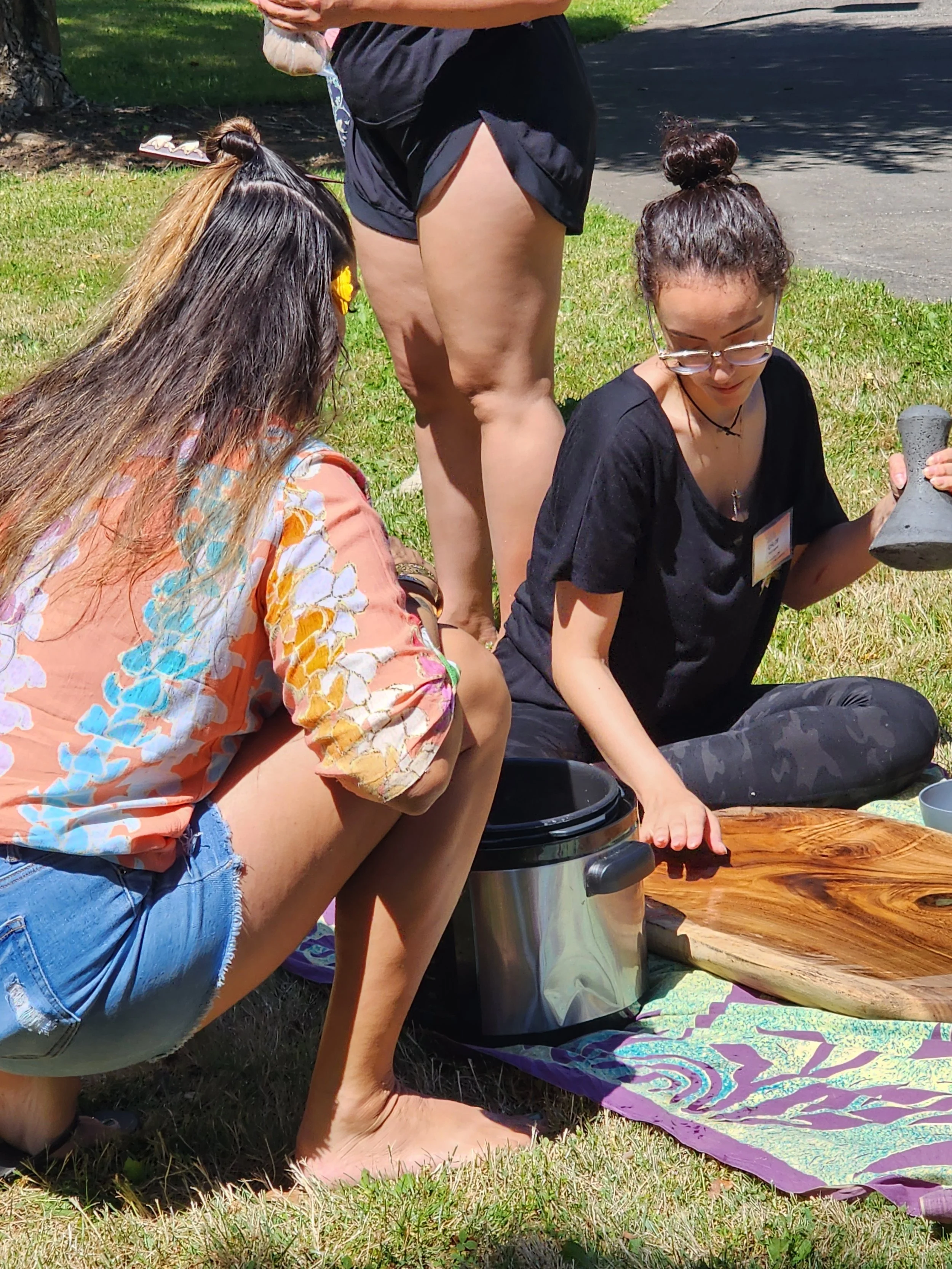keepin the old ways alive…
Several months back, I was fortunate enough to attend several workshops at 4 Days of Aloha festival. Under the guidance of Kumu Kapono Kapaekukuiokahilina'i. I learned the history and the process of making Poi.
Kumu Kapono Kapaekukuiokahilina'i, along with his lovely wife, taught us not only the process of making poi, but the significance of it as well. From selecting the right Taro to feeding the body and the soul.
It is often the simpliest of dishes that are the best, because of the love and care to make them. However, Poi isnt as simple as it seems. Hawaiians have spent over a thousand years perfecting their taro varieties through the selection of mutations and also by breeding them. They have matched varieties to the different habitats, and nowhere in the Pacific has taro production evolved to this level of prominence as in Hawaii, probably reaching 40,000 acres of production at its peak. It’s hard to fathom the fact that someone was growing the same plant we’re growing 1000- 1500 years in Hawaii. These are cultural treasures that connect us to this land, our past, and also the Pacific. one can read more: https://manoa.hawaii.edu/ctahr/pacificfoodguide/index.php/grown-from-the-ground/taro/#:~:text=Four%20types%20of%20taro%20exist,%2C%20%26%20Hughes%2C%201999).
Some traditions are worth saving!!!
another student is working with Kumu’s wife to prepare the board and stone for making poi.
Kumu checking in on student working the taro into poI
kumu explained the meaning of 2 finger,3 finger poi. :) (if you know you know…lol. ) Taro has cultural significance in many Pacific cultures. Every part of the plant can be eaten except for the skin. Taro requires plenty of rain and deep, rich soil for it to grow. Varieties such as Lehua palaii, Lehua maoli, Piko ulaula, Piko kea, Piko uaua, and Eleele makoko are still hard to beat. There are over 60 varieties of Taro in Hawaii.
TRADITIONAL NAMES
Chamorro – suni
Chuukese – pwuna
Hawaiian – kalo
Kosraen – kuhtak; pahsruhk
Marshallese – laraj
Palauan – prak; kukau
Pohnpeian – mwahng; sawa
Samoan – kalo
Yapese – mal; bwulage
and to answer the question, yeah we ate alot of poi this day and let it nurture our bodies and soul !!!
workin da stone…
COrn nutrition:
Here is a great video if you would like to learn more.
https://www.youtube.com/watch?v=Y1A0iqZHboE





